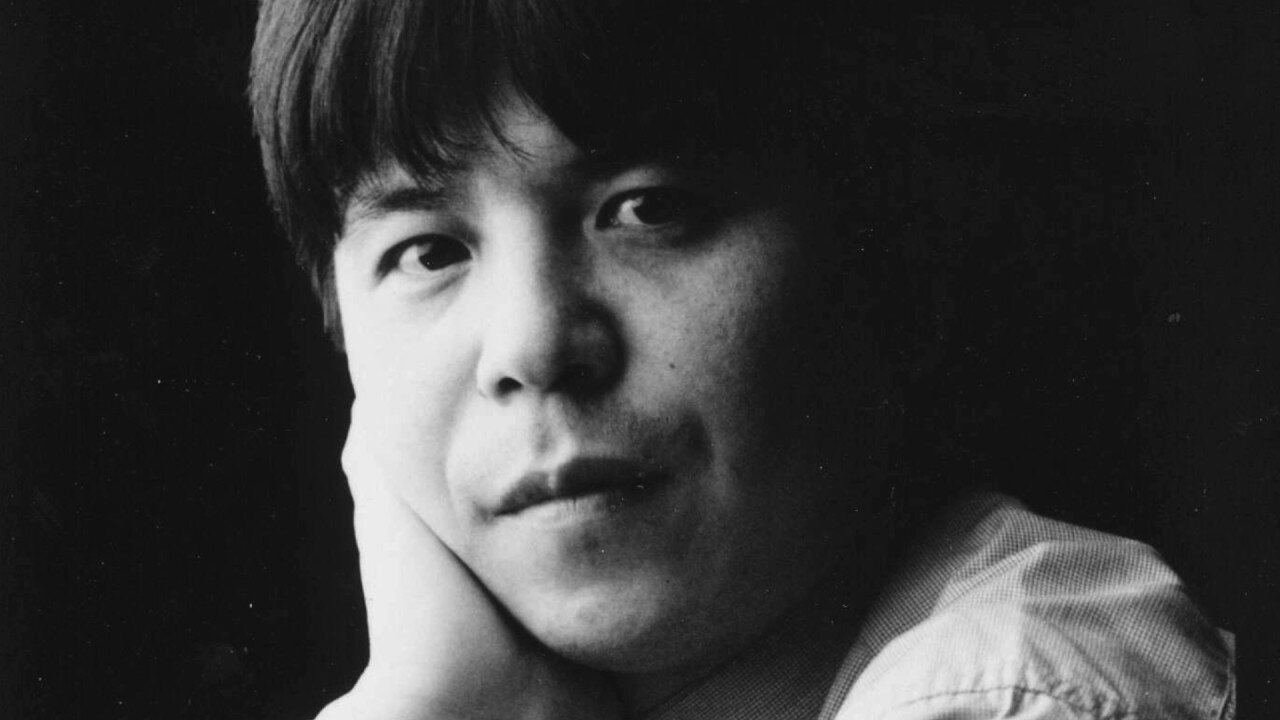Toshio Hosokawa. Stunden Blumen
Toshio Hosokawa. Vertical Time Study I
Toshio Hosokawa. In memory of Isang Yun
Isang Yun. East West Miniatures
Noriko Miura. Echo / Voices
Harvard Musical Association
57A Chestnut St. Boston
7PM
RSVP only
Toshio Hosokawa has had a special place in the hearts of Ecce members ever since he was a guest composer at the ensemble's summer festival in 2016. Upon returning from France that fall, the ensemble curated a portrait event of Hosokawa's works for the Boston Athenaeum. That event also featured works by Hosokawa's teacher Ysang Yun and his wife, Noriko Miura. We found this combination of composers and influences compelling and worth exploring anew with fresh repertoire. Our February event will give audiences an opportunity to make connections between these composers' influences and current musical concerns.
Toshio Hosokawa is one of the world's most accomplished composers. From chamber music to orchestral scores, Hosokawa's music is routinely performed around the globe. Hosokawa spent formative time studying with Helmut Lachenmann and absorbing German culture. He is fluent in German and is a member of the Akademie der Künste in Berlin. Having taken in a wealth of European culture, Hosokawa's music is all his own, weaving delicate melodic threads into an original sonic fabric that freely oscillates between his Eastern and Western influences.
The works of Hosokawa on our program span 16 years of music making, from 1992 (Vertical Time Study I) to 2008 (Stunden-Blumen). The piece reveal strong ties to a developing musical language as well as audible departures and experiments key to any composer's developing style. Mapping Hosokawa's progression through these works is a lesson for any composer hoping for an original voice to emerge.
It is hard to underestimate the difficulties Ysang Yun faced in his efforts to compose. Born in present-day South Korea, Yun was captured and imprisoned by the Japanese for his involvement in the Korean Independence movement in 1943. Upon release, Yun started an orphanage for war orphans and taught music there. After the Korean War ended in 1953, Yun was able to travel to Europe where he began making a serious life as a composer. Shockingly, in 1967, Yun was captured by South Korean secret service agents and taken back to South Korea where he was imprisoned and tortured for alleged espionage. Yun spent 20 months in prison before a world wide petition led to his release.
Yun's tragically difficult life most certainly cut short years of productivity. However, what we do have of Yun's work is absolutely fascinating. In presaging Hosokawa's absorption of German culture, Yun embraced many of the early and mid-20th Century techniques being espoused by Schoenberg and the second Viennese School. Clearly a model for Hoskawa, Yun syncretized these European techniques into an entirely original language. Perhaps most telling of what Yun kept from his own culture was a sense of long form pacing and strong emphasis on consistently repeating tone and melodic patters that evoke a mantra-like quality to his work. It is in Yun's textures and inner voices that a great deal of European sensibilities emerge. This balance of foreground and background in Yun's writing is another feature shared with Hosokawa and is fully on display in his East West Miniatures.
Noriko Miura's work is technically challenging and strong in character. Her work spans vocal works, chamber music and music for orchestra. Perhaps most notable in Miura's work is an attention to rhythmic detail that gives her work a lively and energetic personality. This rhythmic vitality provides worthy challenges for performers but with the payoff of creating captivating sonic experiences. Miura's Echo / Voices contains this signature rhythmic vitality but also ventures into timbral territory provided by the piano's large resonating body. The clarinet spends a good deal of time swimming in the reverberant textures of the piano's resonances. When detailed melodic fragments emerge, the context is haunting and mesmerizing. The work displays how Miura has mastered the interplay between these two instruments.

